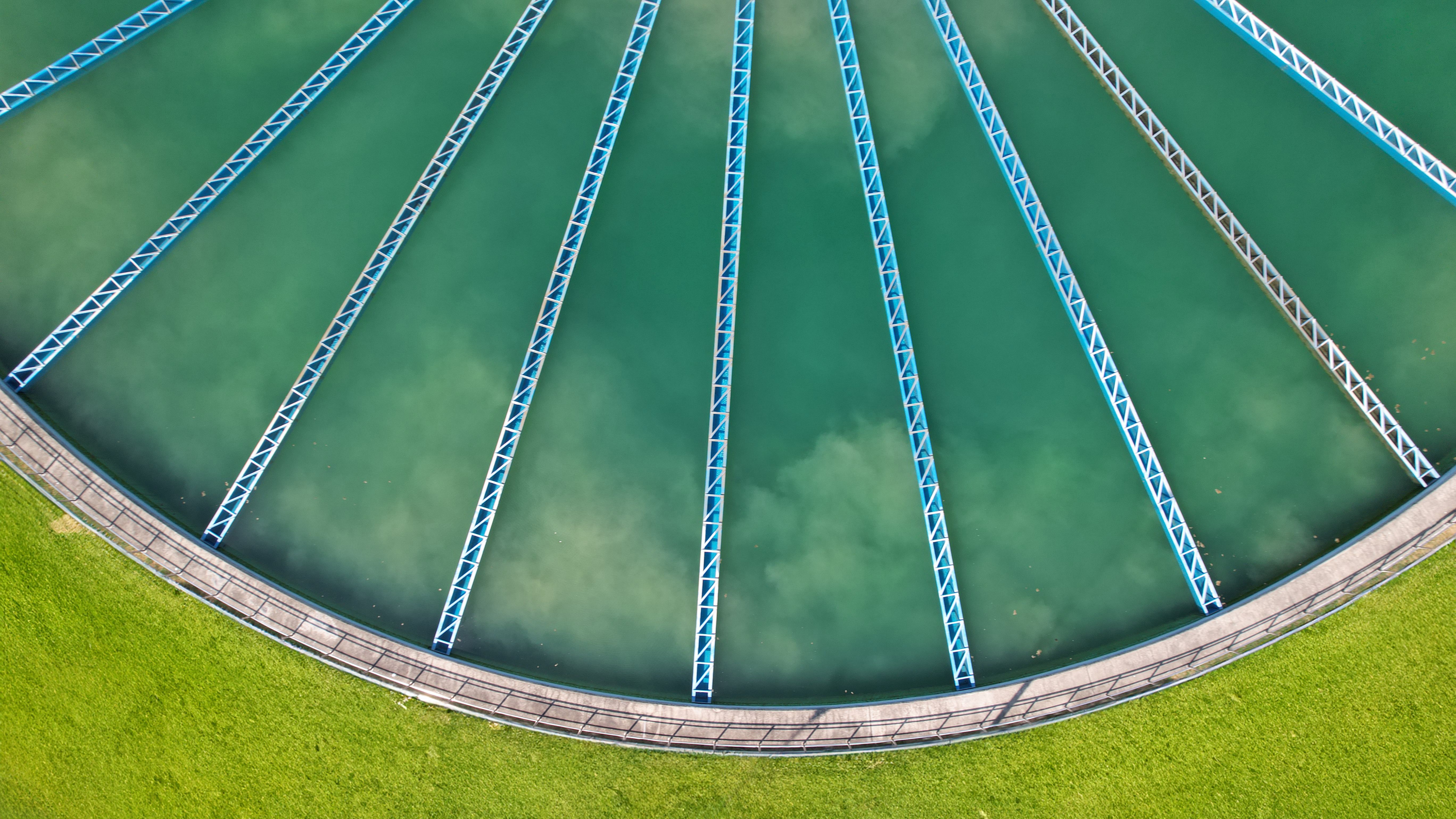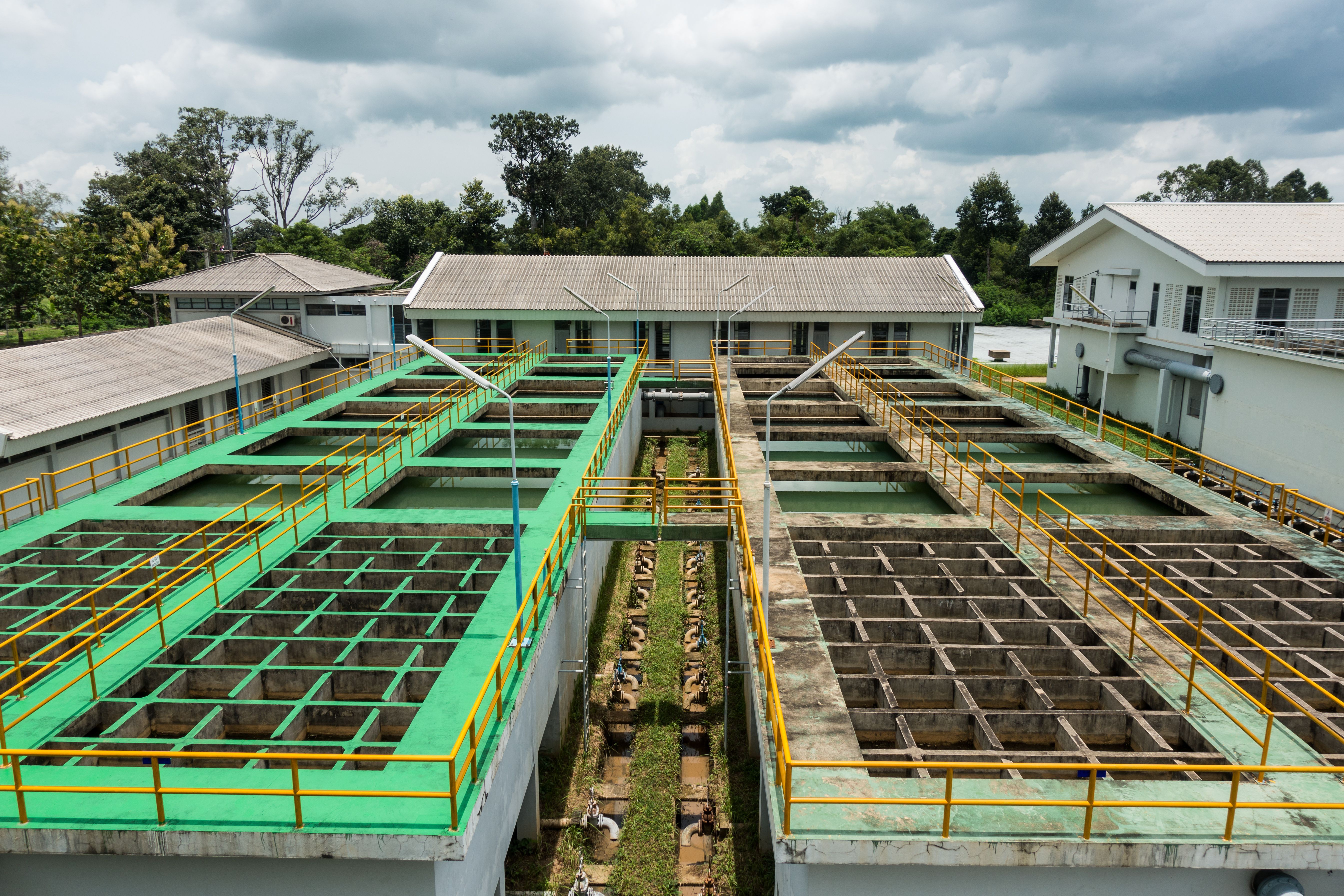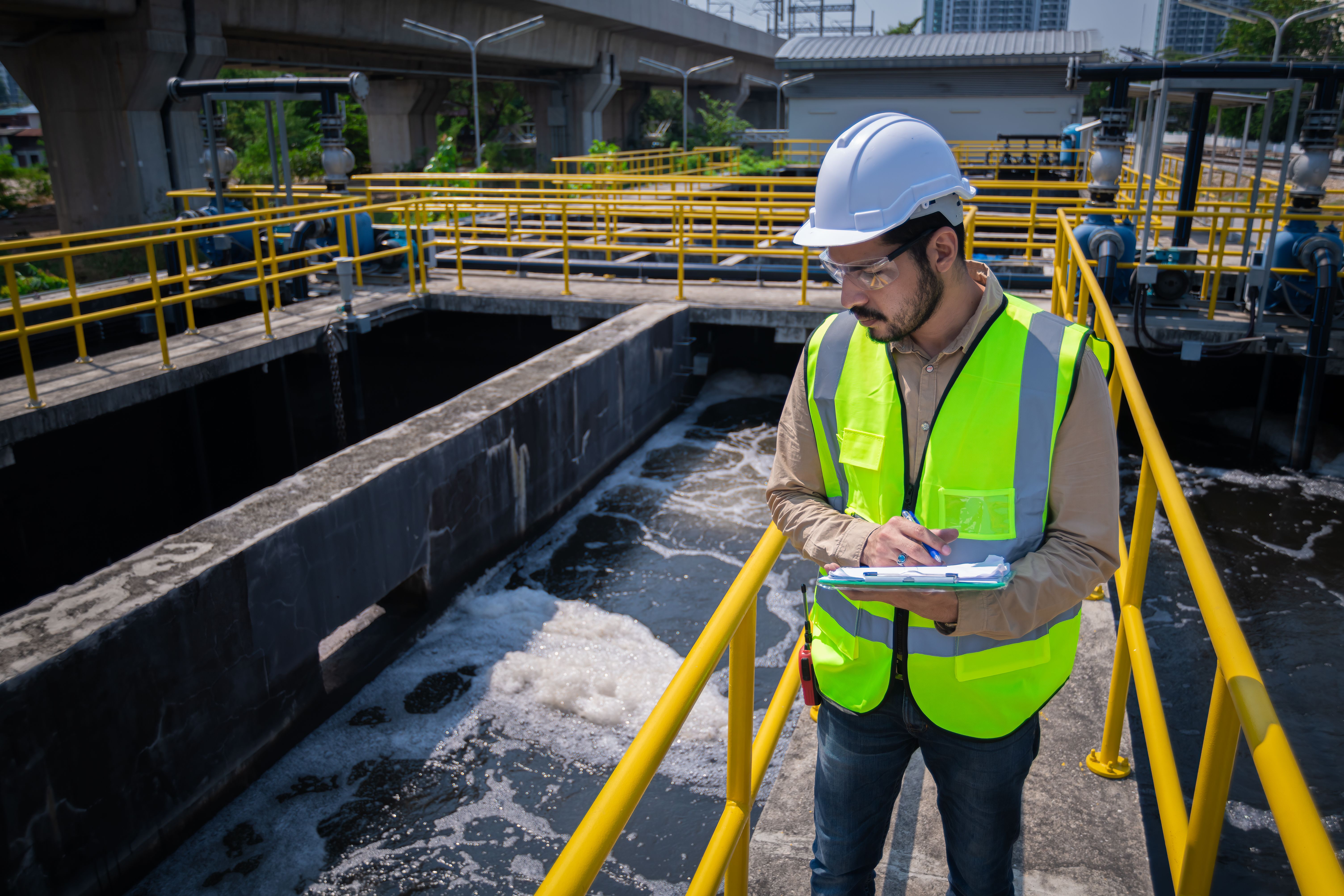Understanding Flocculants: Key to Effective Water Treatment
Understanding Flocculants in Water Treatment
Water treatment is a critical process for ensuring that water is clean and safe for consumption. A key component in this process is the use of flocculants. These chemical agents play a vital role in helping to remove suspended solids, bacteria, and other impurities from water. Understanding how flocculants work and their importance in water treatment can greatly enhance the effectiveness of the entire process.
Flocculants are substances that promote the aggregation of particles within a liquid. When added to water, they help clump together smaller particles into larger aggregates, known as flocs. These larger flocs are then easier to remove through sedimentation or filtration, leading to clearer and safer water.

Types of Flocculants
There are several types of flocculants used in water treatment, each with its unique properties and applications. The most common types are:
- Inorganic flocculants: These include aluminum and iron salts, which are widely used due to their cost-effectiveness and efficiency in removing a variety of impurities.
- Organic flocculants: These are based on polymers and are used for more specific applications, such as treating water with high levels of organic matter.
- Natural flocculants: Derived from natural materials like chitosan or starch, these are gaining popularity due to their environmentally friendly nature.
The choice of flocculant depends on various factors, including the type of impurities present in the water and the desired outcome of the treatment process.
The Role of Flocculation in Water Treatment
Flocculation is a critical step in the water treatment process. After coagulation, where smaller particles are destabilized, flocculants are added to help form larger flocs. This step is essential as it directly impacts the efficiency of subsequent sedimentation and filtration stages.
The effectiveness of flocculation depends on several factors, such as the dose of flocculant used, the mixing conditions, and the characteristics of the water being treated. Properly managed flocculation ensures that the maximum amount of impurities is removed, resulting in cleaner water.

Advantages of Using Flocculants
Flocculants offer several advantages in water treatment processes:
- Improved clarity: By aggregating suspended particles into larger flocs, flocculants significantly enhance water clarity.
- Increased efficiency: They improve the efficiency of sedimentation and filtration processes, leading to faster treatment times.
- Cost-effective: Many flocculants are cost-effective solutions that require lower dosages compared to other treatment chemicals.
These benefits make flocculants indispensable in both municipal and industrial water treatment settings.
Challenges and Considerations
While flocculants are highly effective, there are challenges and considerations to keep in mind. The choice of flocculant must be tailored to the specific characteristics of the water being treated. Additionally, improper dosing or mixing can lead to ineffective flocculation or even adverse effects.

Environmental concerns also play a part in selecting flocculants. The use of natural and biodegradable options is becoming more prevalent as industries seek to minimize their environmental footprint. Ongoing research and development aim to create even more sustainable and efficient flocculant solutions.
In conclusion, understanding the role and application of flocculants is crucial for effective water treatment. By selecting the right type and optimizing its use, industries can ensure cleaner, safer water while also considering environmental impacts. As technology advances, we can expect even more innovative solutions in this essential field. Oneschem specializing in manufacturing and developing main kinds of flocculant like polyacrylamide(PAM),polyaluminium chloride(PAC),polyaluminum ferric chloride(PFC),polyferric sulfate(PFS),polyepoxysuccinic acid(PESA),poly Aluminium Ferric Chloride (PAFC),etc.
